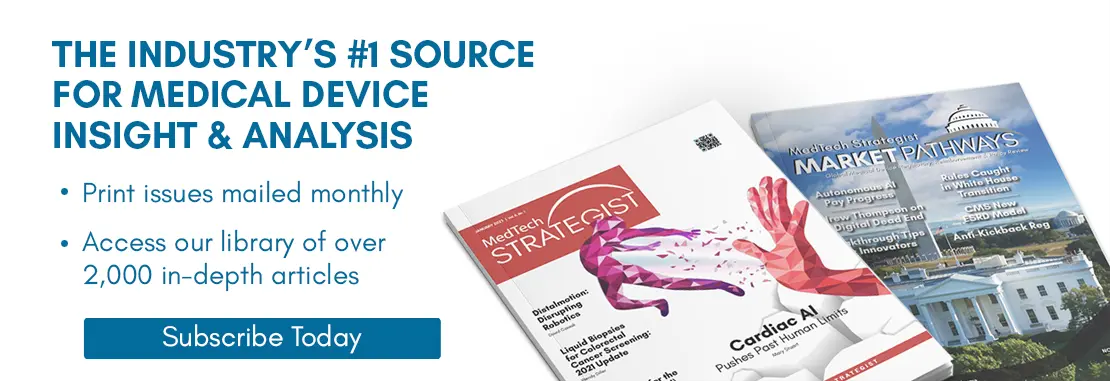ARTICLE SUMMARY:
With its recent approval of the first transcatheter tricuspid valve replacement device, Edwards continues to break new ground in the percutaneous structural heart space. These technology innovations require similar creativity in regulatory and reimbursement strategies, including parallel FDA/CMS review. Company leaders outline their pioneering market access efforts to bring the EVOQUE valve to clinicians and patients.
Edwards Lifesciences has never shied away from taking significant technology risks, even when those risks potentially threaten the company’s core business, a rare strategy among large strategic players. A pioneer in surgical heart valves dating back to the original Starr-Edwards mitral valve in 1960, Edwards has built a franchise in valve surgery with cardiac surgeons as its core customer group.
Yet the company risked alienating surgeons by pioneering the development of transcatheter heart valves and embracing a new customer group that many surgeons saw as competitors—interventional cardiologists—when it received FDA approval for the SAPIEN transcatheter aortic valve replacement (TAVR) in 2011. Rather than hurting Edwards’ business, this move propelled the company to a leading position in this emerging growth area, providing access to treatment for many patients who otherwise were not candidates for valve surgery and leading to the growth of multidisciplinary heart teams, which are hybrid groups of surgeons, interventionalists, and other clinicians and staff working together to treat valve patients.

